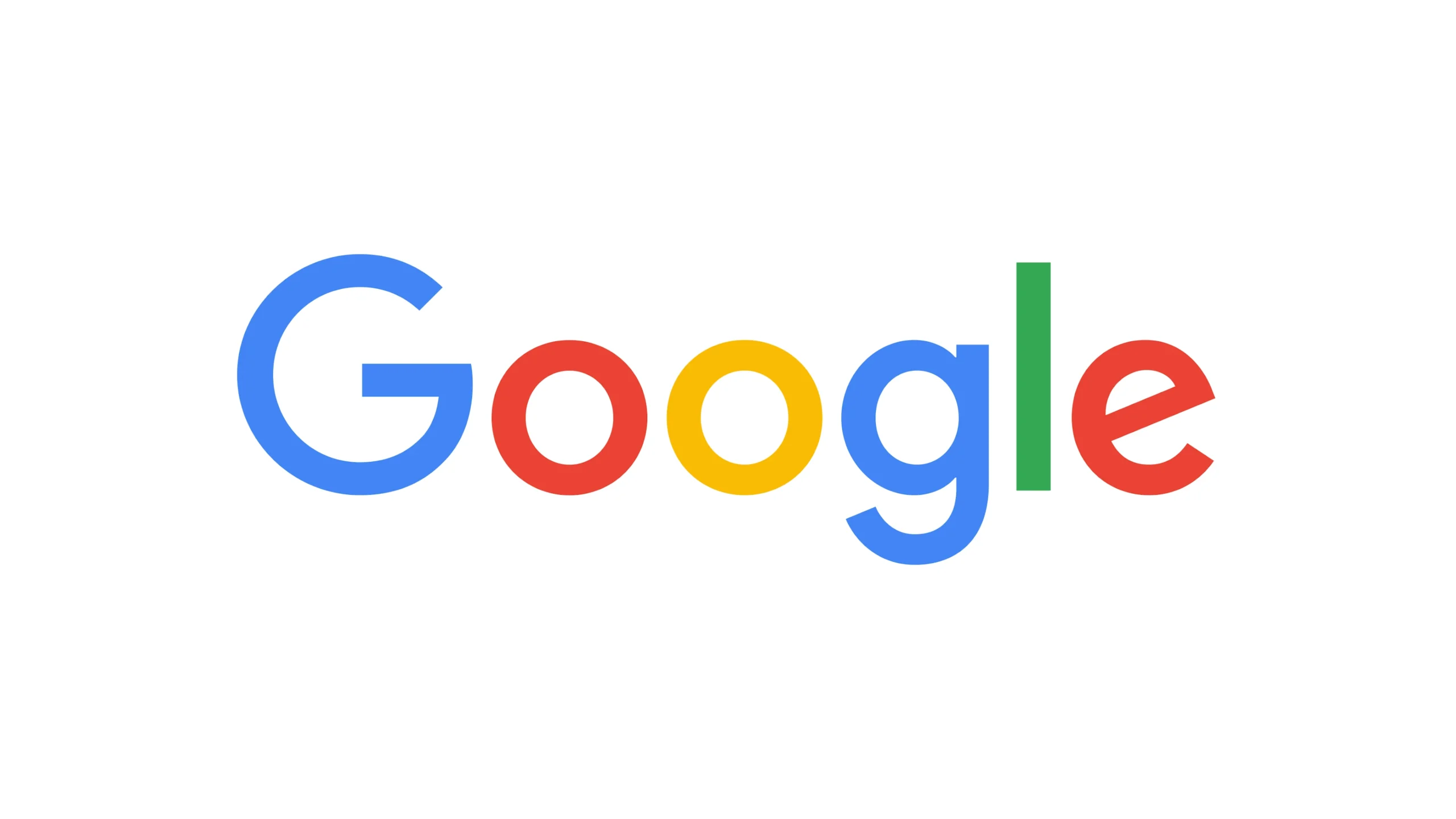According to Google, the AI image-creation model for Gemini has been modified, and the feature of creating photos of humans will soon be restored. The AI chatbot’s ability to create images was put on hold by the business in February because several historical depictions it produced led to incorrect images.
Google stated at the time that it would improve the product by reworking the underlying model to reduce errors. The company’s “highest quality text-to-image model, capable of generating images with even better detail, richer lighting, and fewer distracting artifacts than our previous models,” Imagen 3, is now powering the AI model.
What modifications are planned for Google’s AI model for creating images?
Additionally, Google claims that the creative image production features have been improved.
“We’ve come a long way with Imagen 3, offering a better user experience when creating photographs of individuals. The business continued, “We do not promote the creation of photorealistic, identifiable individuals, representations of kids, or situations that are unduly graphic, violent, or sexual.
In addition, Google says that Imagen 3 follows the company’s product design guidelines and has built-in security measures in addition to its superior picture-generating capabilities.
“Imagen 3 outperforms other existing picture-generating models over a broad range of benchmarks. Additionally, it said, “We employ SynthID, our watermarking tool for AI-generated photos, much like we did with Imagen 2.
Image 3’s accessibility
Google plans to expand the sophisticated picture-generating model’s availability to all users in all languages through the Gemini Apps over the next several days. Gemini Advanced, Business, and Enterprise users will receive an early access version, initially in English with support for more languages to follow.
Additionally, the business emphasizes that while it is constantly improving its models, not every image that Gemini produces will be flawless.




